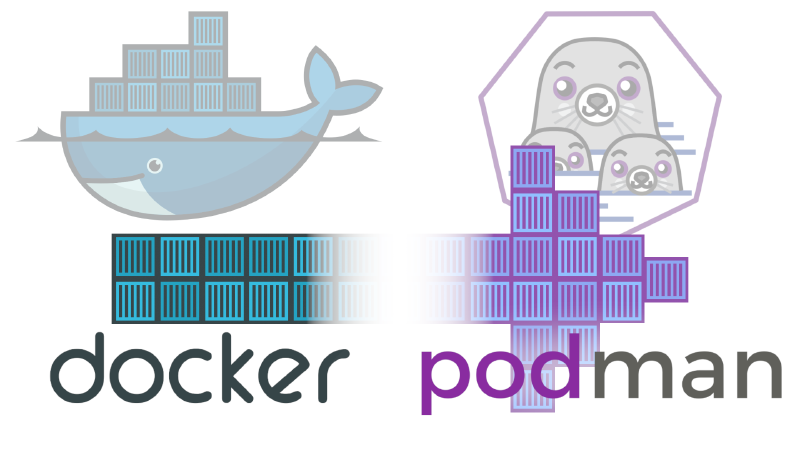This is a quick guide on how to switch from Docker to Podman.
I hope you find it useful.
From Docker to Podman
In this guide, we’ll explore how to transition from Docker to Podman with your existing Docker and Docker Compose configurations.
Although the steps are simple, some adjustments are still required, as a completely seamless transition isn’t fully supported.
Installation
You can install Podman and Podman Compose using your package manager.
For example, on Debian/Ubuntu:
|
|
Containers on Low Ports
To allow rootless Podman containers to bind to ports below 1024, modify the following system parameter:
|
|
This command reduces the range of unprivileged ports, allowing the use of low ports like 80 without root privileges.
Containers from docker.io
To ensure Podman pulls images from Docker Hub (docker.io), update the container registry configuration:
|
|
Look for unqualified-search-registries and add docker.io:
|
|
Switching from Docker to Podman
Volumes
Note that depending on how you’ve configured your volumes, you might need to create backups.
If your volumes are managed by Docker, make sure to back them up before transitioning. You can find instructions on how to back up Docker volumes here.
If your volumes are stored in system paths, you don’t need to do anything; everything will work as expected without additional steps.
Docker Compose
For each compose.yml file, you’ll need to stop the containers using:
|
|
Then recreate them with Podman:
|
|
Docker Run
For individual containers running with docker run, follow these steps:
Stop the container:
|
|
Remove the container:
|
|
Then you can recreate them using Podman:
|
|
Alias
You can also create an alias from Docker to Podman, so that whenever you use the docker command, Podman is called instead.
To do this, add the following alias to your shell configuration file (e.g., .bashrc, .zshrc):
|
|
This will ensure that any docker command you run will use podman instead.
